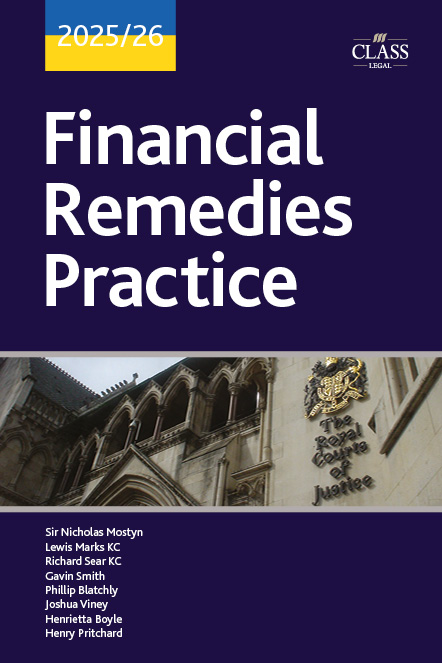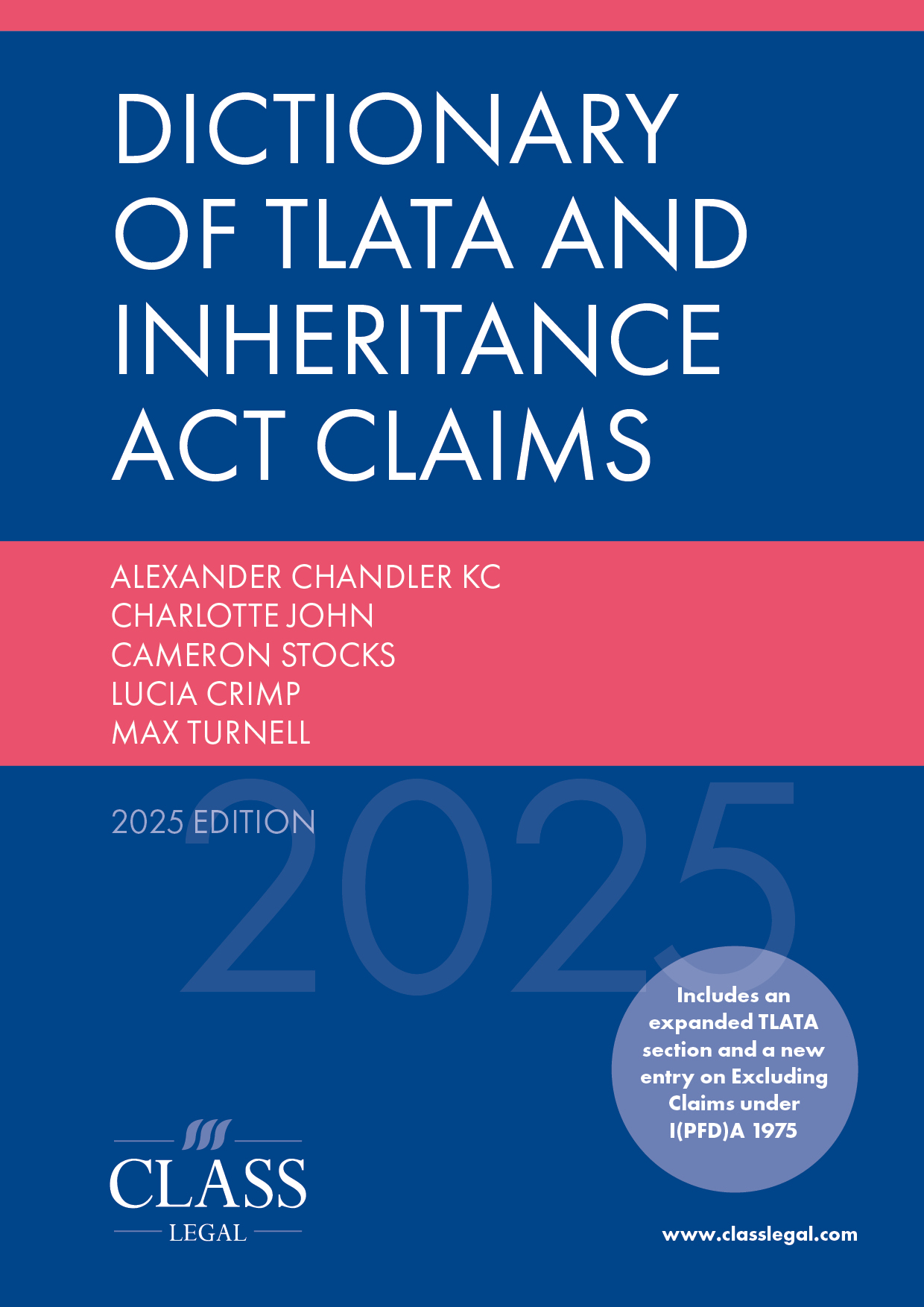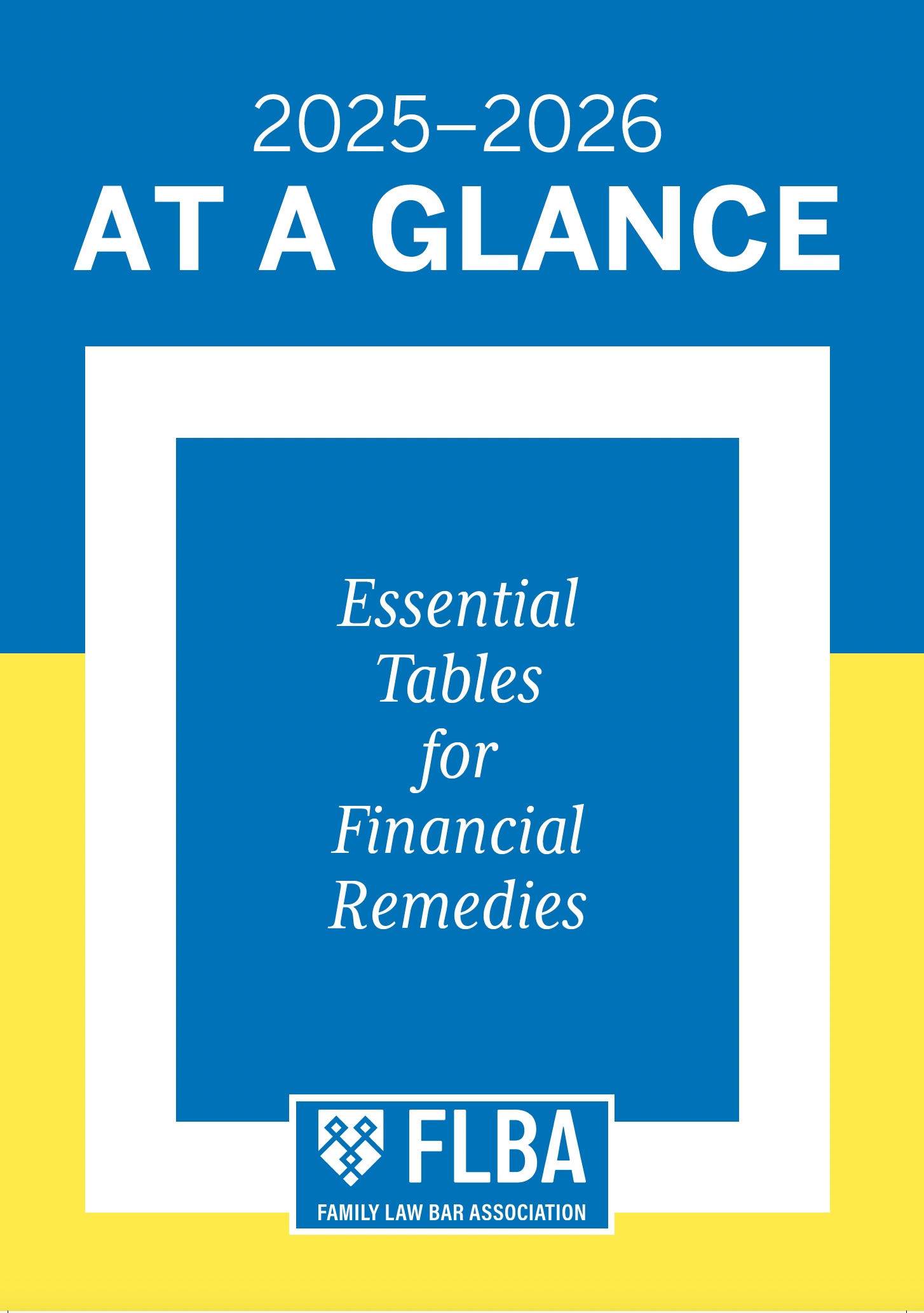
THR v WAT [2025] EWHC 1125 (Fam)17 March 2025
Published: 10/06/2025 22:30
https://caselaw.nationalarchives.gov.uk/ewhc/fam/2025/1125
HHJ Hess (sitting as a deputy judge of the High Court) navigated his way through an Xydhias puzzle. Parties informed the judge they were Xydhias-bound but then argued over (i) a £2m asset, (ii) costs, (iii) an interest provision, and (iv) security. The court’s conclusions, in a nutshell, were that if it had not been raised at the time or in the written agreement, then the court would favour the written agreement.
Summary
Substantial wealth case listed for a 10-day hearing. Day 1,10 March 2025, judicial reading. Hearing to commence on day 2, 11 March 2025. On 11 March 2025, after some time for negotiation, HHJ Hess was informed that the parties had reached an agreement and were Xydhias-bound. The judge adjourned the case to 17 March 2025 to allow a draft order to be produced and to resolve drafting issues. On 17 March 2025, five issues were in dispute and required judicial determination.
Issue 1, [5]: W’s ownership of X Limited
The written document that led to the agreement stated that the W would receive £36m, subject to ‘what she already had’. The letter identified what W had as £2,090,107. On 17 March 2025, H argued that the value of X Limited should be included. HHJ was satisfied that it was not to be included because H’s offer letter did not include the value of £99,165. HHJ declined to treat it as a ‘mutual mistake’ and therefore it did not give rise to a release from the obligation. HHJ held H to the figures in his offer letter.
Issue 2, [10]: costs
H suggested that the actual costs of legal fees should be deducted, not the estimate on the notional figure on the ES2. HHJ again determined matters in favour of the Xydhias-binding agreement – namely, if H had wanted to take advantage of the fact that costs had been saved due to settlement and the notional figure was likely to be too high, that should have been in the offer letter. The offer letter figure should be used.
Outcome: HHJ held H to the figures in his offer letter.
Issue 3, [12]: interest provisions
At the drafting stage, W proposed that there should be interest provisions on the lump sum orders. Various lump sums were offered in H’s offer letter, which W had accepted. The fact that interest was an issue was not raised on the day of negotiation, nor in the Xydhias-binding agreement. HHJ was satisfied that W had time to raise it and had not.
Outcome: HHJ held W to the fact that she could have raised it and did not, so did not include any interest provisions.
Issue 4, [18]: security
Security was not raised on 11 March 2025 during negotiations. After the Xydhias-binding agreement, H made an offer of security of his own volition. HHJ found the security offered was not unreasonable.
Outcome: HHJ Hess accepted and included H’s offer in the order.
Issue 5, [22]: child periodical payments (CPP)
Unlike issues 1–4, CPP was specifically raised as an area of non-agreement on 11 March 2025. On 17 March 2025, HHJ Hess was to determine the level of CPP.
HHJ Hess considered the evolution of the case law for CPP cases where the income exceeded £650,000 p.a.; see CB v KB [2019] EWFC 78, Collardeau-Fuchs v Fuchs [2022] EWFC 135 and James v Seymour [2023] EWHC 844, where it was possible to see the changing judicial mind of Mostyn J.
HHJ Hess noted and followed Mostyn J’s guidance in James v Seymour, where Mostyn J said ‘where the payer’s income goes above £650,000 per annum gross, the child maintenance level should be worked out from first principles, applying Matrimonial Causes Act 1973, section 25(3)’.
HHJ Hess started from first principles and applied MCA s 25(3).
HHJ Hess commented as follows:
‘56. Whilst I accept I am not bound in any formal way by the fairly arbitrary £650,000 cap favoured at one time by Mostyn J and not so favoured at a later time, I find myself closer to the proposition that a route identified by having in mind some sort of notional cap (which I do not propose to identify mathematically) may be appropriate, reminding myself that we are talking here about not sharing, but of meeting children’s needs. The needs of children must be finite whatever the payer’s income.’
W proposed £50,000 per annum per child, or a total of £150,000 per annum
H proposed £20,000 per annum per child, or a total of £ 60,000 per annum.
Outcome: HHJ Hess found himself closer to the proposition of a notional (yet unquantified) cap. He determined the CPP figure to be at the lower end of the scale and, using a broad assessment, quantified CPP at £25,000 per child per annum.
For practitioners
- My primary takeaway is never leave court without a signed consent order. Going through the template final order acts as a checklist.
- Secondary to this, practitioners should make sure that they have (i) put as much in the heads of agreement as possible (again going through the template final order acts as a check list) and (ii) included what is a ‘not-agreed’ if you know you need to negotiate on it but have not had the time.









